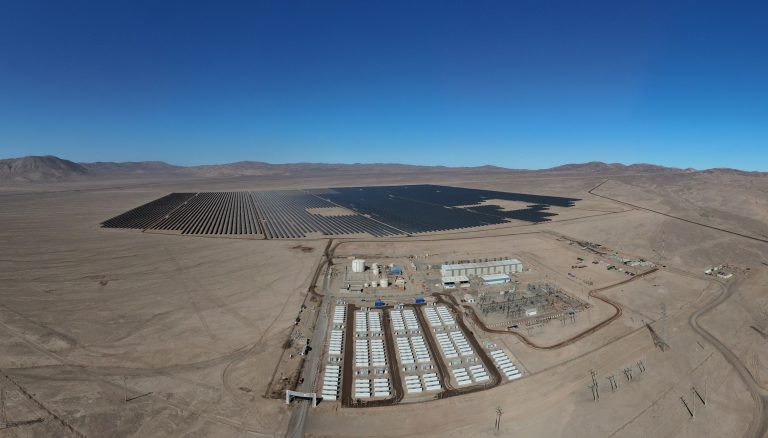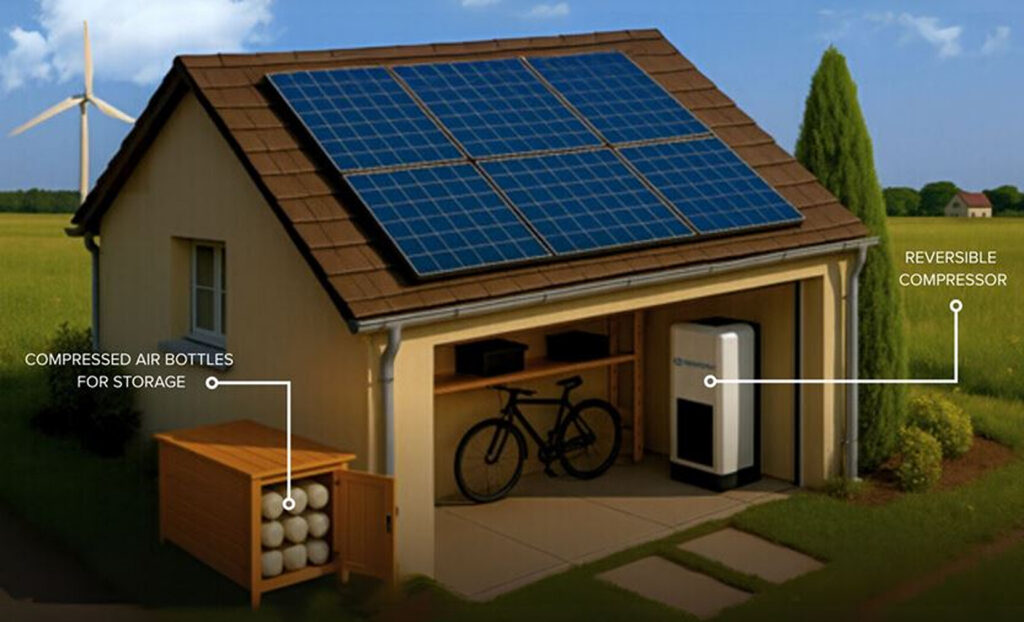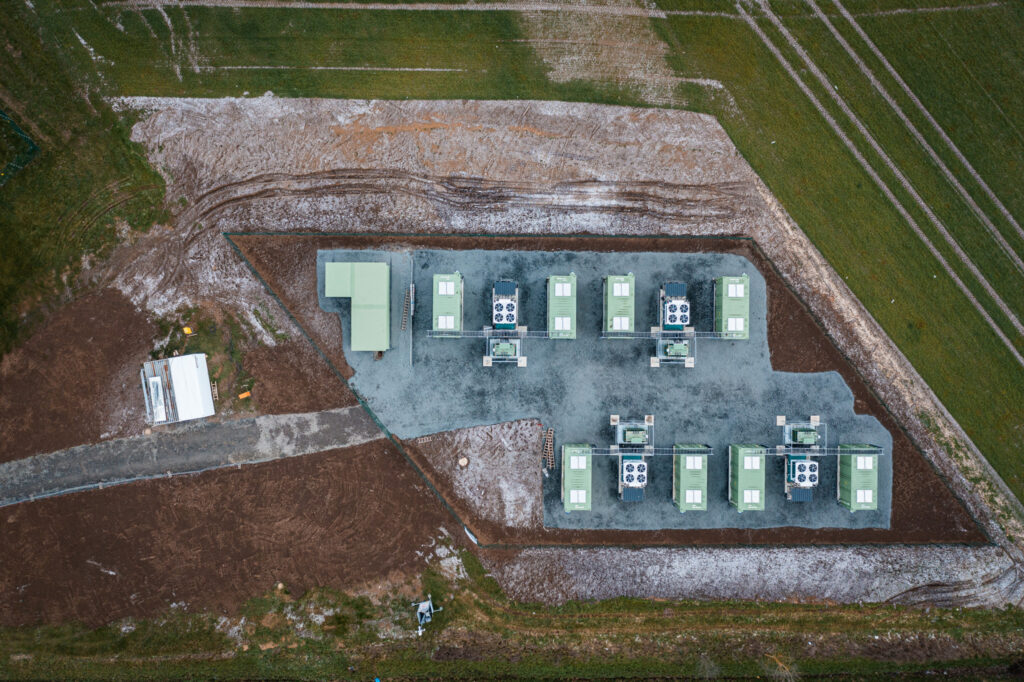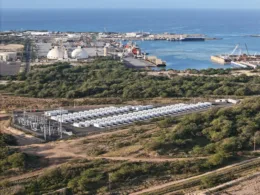Battery returns vary throughout Chile, solar colocation can double revenues, Aurora finds

Battery energy storage project announcements in Chile are coming thick and fast as renewables stakeholders seek to ensure a smoother generation profile and secure higher returns. According to a recent analysis from Aurora Energy Research, however, there are stark discrepancies in battery returns throughout the country.
In northern regions, battery storage projects remain consistently profitable throughout 2026–2060, according to the global power market analytics provider. However, in southern regions, building storage now can unlock higher revenues before major interconnection upgrades, which are expected to reduce local price volatility driven by diesel generation.
Aurora has also analyzed optimal duration, cycling, and deployment timelines in Chile. It found that colocating five-hour batteries with solar installations can potentially double revenues through load shifting. It finds that five-hour batteries cycling once per day offer the most cost-effective solution by capturing over 70% of zero-price hours.
Crucially, under current regulation, five-hour batteries qualify for full capacity payments through 2034. This allows them to monetize intraday spreads while benefitting from existing capacity payments. According to Aurora, this makes them a cost-effective alternative to longer duration storage solutions.
The case for longer duration batteries is not as straightforward. For instance, eight-hour batteries allow for greater trading volumes, but their profitability depends on the structure of capacity payments, particularly derating factors and future capital expenditure (CAPEX) trends, Aurora finds.
“In Chile, adding batteries to solar projects can actually double its revenues by storing energy when it’s cheap, and selling it when prices are high. Today, 5-hour batteries offer the best value. They are cost-effective and qualify for full capacity payments. For those who are betting on battery costs dropping further and capacity payments to reward longer durations, going for 8-hour batteries might be a smarter move,” says Inês Gaspar, research lead at Aurora Energy Research.
Colocating storage with solar also makes a lot of sense in the context of ongoing discussions around potential changes to the PMGD (Pequeños Medios de Generación Distribuida) stabilized pricing mechanism, the analyst says.
The PMGD pricing scheme was initially designed to incentivize small-scale plants, mainly mini-hydro and thermal plants near demand centers. However, since 2014, solar plants have increasingly taken advantage of the scheme, securing steady revenues even when hourly market prices approach zero. According to Aurora, regulatory changes are inevitable, as the current price stabilization regime is financially unsustainable.
Finally, unlike other global markets, where ancillary services can contribute up to 30% of battery revenues, Chile’s market design does not incentivize batteries to provide these services, says Aurora’s report.
“If Chile changes its ancillary services market framework, batteries could become an (even more) attractive option. It would also mean using less expensive gas and diesel and making smarter use of hydro during dry periods. It is a strategic move that would help the system operator, speed up decarbonization, and, no doubt, open the door to new investment opportunities,” Gaspar says.
















